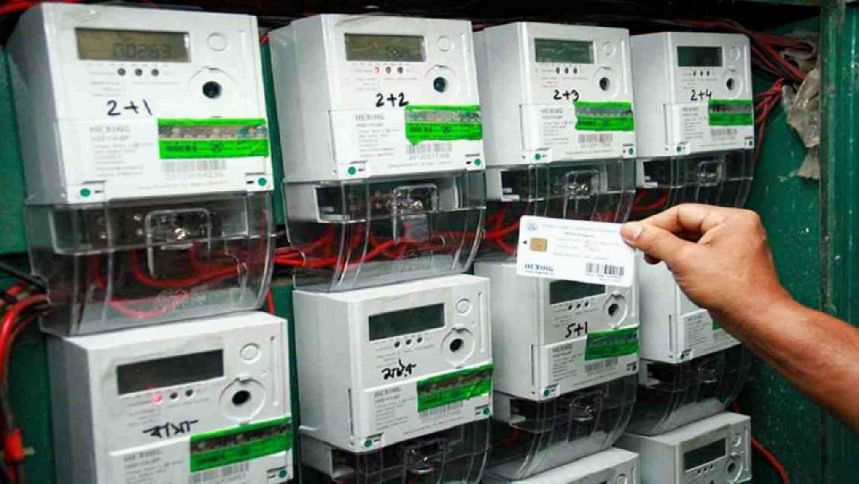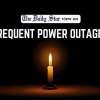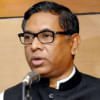Prepaid meters for all electricity consumers by 2025

The government has a target to bring all the electricity consumers of the country under prepaid meters by 2025.
However, so far only 12 percent of customers have prepaid meters. Six electricity distribution companies are working to install these meters.
The progress of installation of prepaid meters was discussed in the meeting of the Parliamentary Standing Committee on the Ministry of Power, Energy, and Mineral Resources today (September 20, 2022).
In the meeting, the power and energy ministry informed the parliamentary watchdog that the total number of electricity consumers in the country till last July was 4.31 crore.
Out of this, 51,07,452 people have come under prepaid meters. According to that, 11.85 percent of electricity consumers of the country have come under the coverage of prepaid meters.
The power division has taken the initiative to install prepaid meters to prevent wastage, theft, overload, and outstanding bills in the electricity sector.
The initiative to install prepaid meters was taken in 2009-10. According to the plan in 2016, 1.32 crore meters were to be installed by 2021.
In today's meeting, the ministry of power said that six electricity distribution companies are working to install prepaid meters.
Among them Bangladesh Power Development Board installed 15,66,291 metres, Bangladesh Rural Electrification Board (BREB) installed 13,10,564, Dhaka Power Distribution Company Limited (DPDC) 6,42,469, Dhaka Electric Supply Company Limited (DESCO) 6,14,205, West Zone Power Distribution Company Ltd 4,73,923, and Northern Electricity Supply Company installed 5 lakh prepaid meters.
Six projects are underway to continue the installation of prepaid meters.
After coming out from the meeting, Waseqa Ayesha Khan, chief of the parliamentary standing committee, told reporters that the progress of installation of prepaid electricity meters was discussed in the meeting, which was found to be satisfactory.
She also said that the meeting recommended gradually converting the diesel-powered irrigation machines to solar power.

 For all latest news, follow The Daily Star's Google News channel.
For all latest news, follow The Daily Star's Google News channel. 







Comments